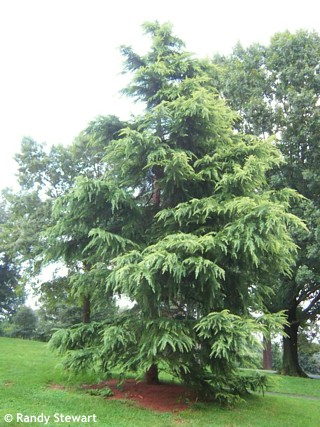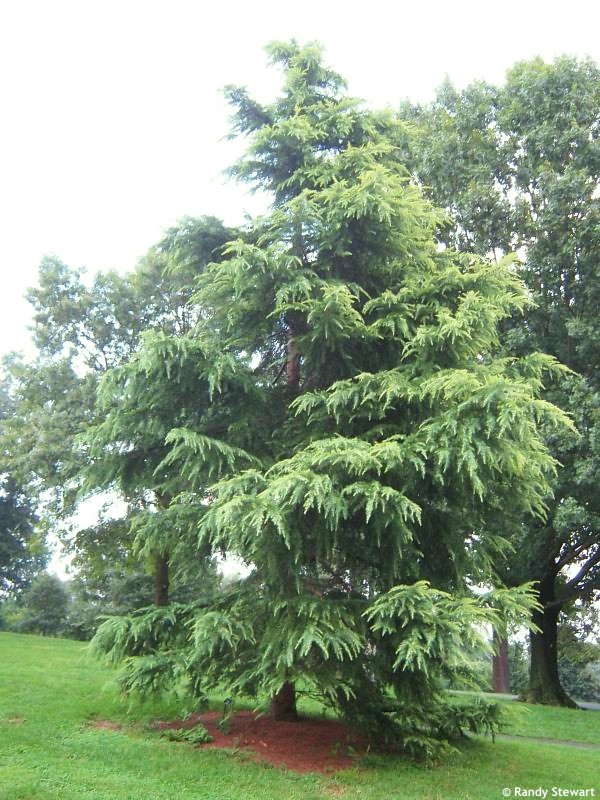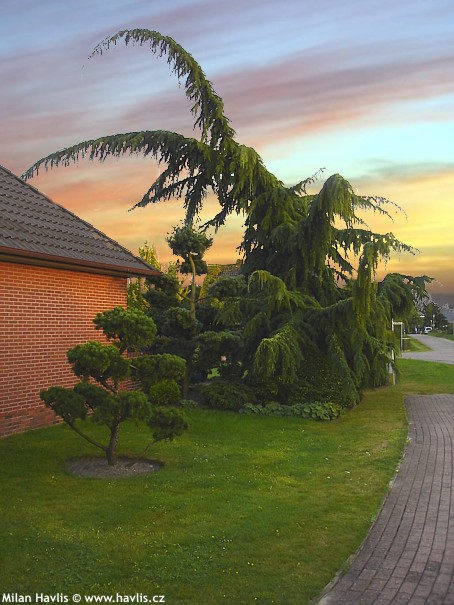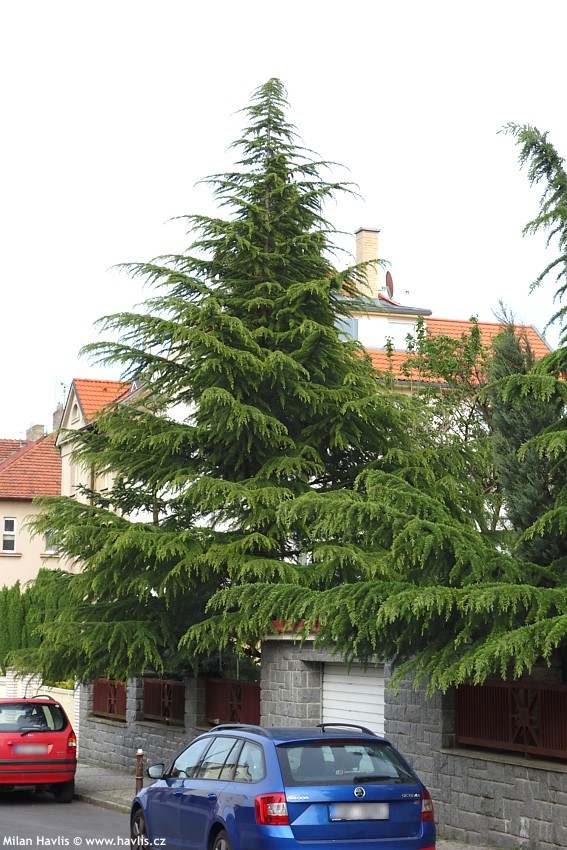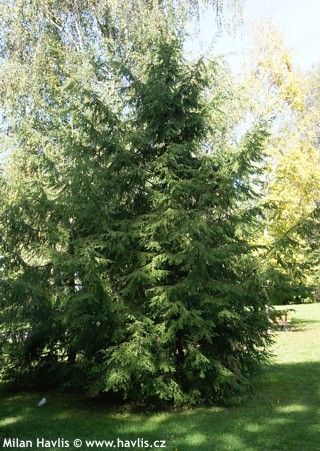Cedrus deodara deodar cedar, Himalayan cedar
size/type
tall tree,tall tree
usual height
10-20m
usual width
5-6m
leaves
evergreen conifer
colour of leaves
flowers
insignificant or non-blooming
location
full sun
USDA zone (lowest)
7 (down to -23°C)
winter protection
for zone 5+6

for zone 7

categorized
Cedrus
Cedars are beautiful, architectural trees that attract us with their irregular, monumental crowns, mainly in southern Europe under the Alps. There are 4 species in this genus among which the hardiest are Atlas cedar (blue-green) and cedar of Lebanon (green).Description of the plant:
Deodar – Himalayan cedar is the most graceful of all cedars. It has strictly pyramidal habit when young, spreading branching and weeping ends. The needles are short, mid green, borne in whorls of 20-30. Female cones appear in summer. Older plants form unique shapes.This is probably the most attractive cedar you will meet on every step from North Italy down to Tuscany. It is not as hardy as cedar of Lebanon but it proved to grow happily in warmer parts of our country, in zone 6b and 7a without problems. In colder regions the needles and tips of the branches can be damaged by extreme frost but usually regenerate readily in spring.
Grow cedars in full sun, almost any well-drained soil. They are lime tolerant. Himalayan cedar needs a location sheltered from severe, drying winds in winter. Hardy to -21°C (USDA zone 6b).
Last update 04-01-2009; 02-02-2019
QUICK PRICE OVERVIEW
CURRENTLY SOLD OUT












